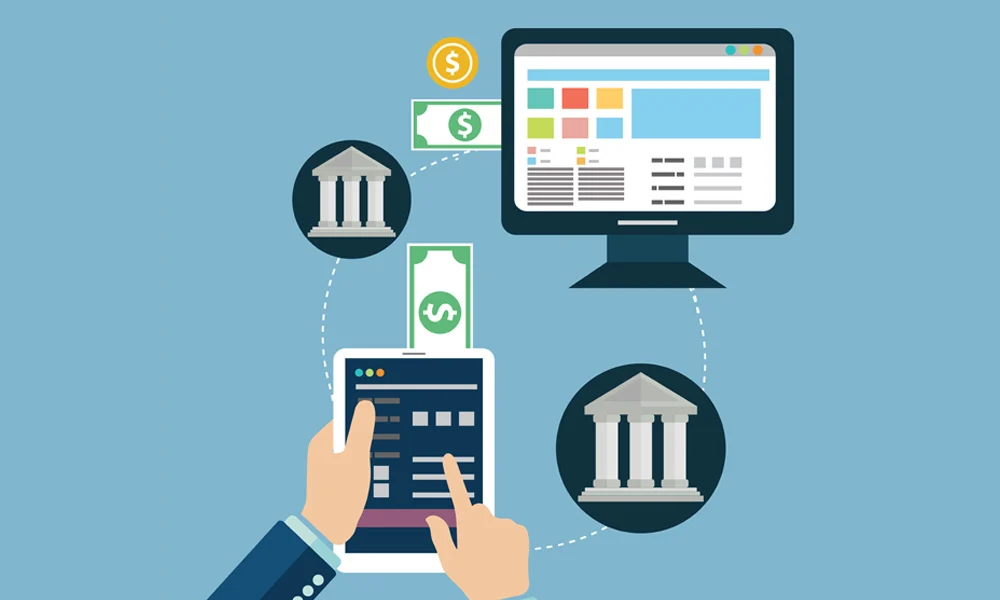
Chargebacks are a costly headache for businesses, eating into profits and potentially damaging merchant account standing. They occur when a customer disputes a transaction with their bank, leading to a reversal of funds back to the customer, and fees for the merchant. While some chargebacks may be unavoidable, many can be prevented by understanding the underlying causes and implementing effective strategies. A crucial part of this process is leveraging the insights provided by your merchant services data to proactively address potential issues.
Identifying Patterns Through Merchant Service Analysis
The first step in reducing chargebacks is to truly understand why they’re happening. Your merchant services provider offers valuable data points that can reveal trends and patterns. Dive into your transaction history, analyzing chargeback codes, reasons, and the time of day, date or type of product they most often occur on. Are specific products or services triggering more disputes? Are certain payment methods more prone to chargebacks? Identifying these patterns allows you to pinpoint vulnerabilities in your processes and target your efforts effectively. For example, a high volume of “item not received” chargebacks could indicate issues with your shipping process or delivery time expectations. For that the right kind of chargeback analysis is essential.
Optimizing Your Payment Process
A significant portion of chargebacks stems from misunderstandings or confusion surrounding the purchasing process. Make sure your website has clear and detailed product descriptions, high-quality images, and transparent shipping costs. The checkout process should be intuitive and streamlined, with a visible breakdown of charges before the customer commits to the purchase. Ensure you have a secure payment gateway that minimizes the risk of fraud. Regularly review your billing descriptors – the text that appears on the customer’s bank statement – to ensure they are easily recognizable and match your business. Ambiguous descriptors, like unfamiliar abbreviations, can lead to customers forgetting purchases and initiating chargebacks.
Prioritizing Customer Communication and Service
Many chargebacks are actually preventable. When a customer has an issue, they may resort to a chargeback if they don’t know how to communicate with you or find a timely resolution. Offering multiple channels for customer service, such as email, live chat, and a readily accessible phone number, can make all the difference. Empower your customer service team to resolve problems quickly and efficiently by offering refunds or replacements where appropriate, before the consumer can make the chargeback. Proactive follow-up after a purchase can also help build trust and identify potential problems before they escalate to a dispute.
Implementing Fraud Prevention Measures
Fraud remains a significant contributor to chargebacks. Implement robust fraud prevention measures, such as address verification systems (AVS), card verification value (CVV) checks, and 3D Secure authentication (like Verified by Visa or Mastercard SecureCode). Pay close attention to unusual transaction patterns, such as multiple orders from the same IP address or purchases with mismatched billing and shipping addresses. You may consider using fraud detection tools that automatically flag suspicious transactions. Regularly updating and reviewing these systems can help you stay ahead of evolving fraud tactics and protect your business.







